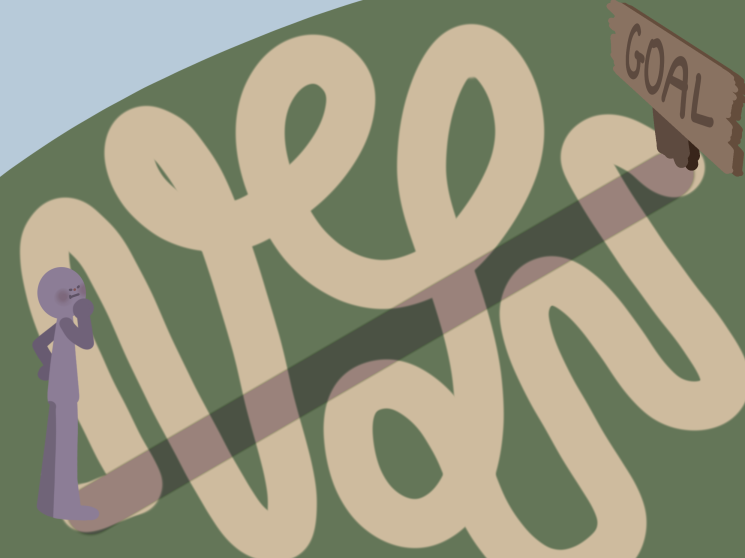
By Kevin Tran
Have you ever wondered how some of the calmest people are usually the ones who get most of their work done? Most of them usually find an easier way to get the job done. They’re not just calm; they’re efficient—masters of “strategic laziness,” which might just be a smart work ethic you’ve never considered.
What is strategic laziness?
Strategic laziness is an approach to productivity that involves working smarter, not harder, and prioritizing efficiency and effectiveness over sheer effort. It involves willingly choosing the path with the least effort, which still leads to successful outcomes.
For example, in a workplace, managers might rely on automation tools to handle routine administrative tasks, allowing team members to focus on more complex and rewarding projects.
Furthermore, a significant advantage of strategic laziness is preventing yourself from being burned out. By using more strategic methods for challenges, you not only streamline your workload but also reserve more time for rest and reflection.
“I choose a lazy person to do a hard job. Because a lazy person will find an easy way to do it,” Bill Gates once said.
This quote encapsulates the essence of strategic laziness, by finding the simplest and most direct path to success. It shows that the goal is not merely to work hard; but to work intelligently, ensuring effort is expended where it has the most impact.
Strategic laziness is more than just lightening a daily workload, it’s a strategic approach that maximizes impact while minimizing unnecessary exertion. It’s about cultivating a mindset that values quality over quantity, and efficiency over busyness.
Smart laziness vs bad laziness
While strategic laziness (or smart laziness) involves calculated decisions that lead to greater productivity, “bad laziness” is quite different—it represents a lack of engagement and effort, often resulting in poor outcomes. Understanding the distinction is crucial for adopting the right kind of laziness.
The main characteristic of bad laziness is the avoidance of responsibility, often avoiding duties and responsibilities, leading to stress for oneself and others. Additionally, people with bad laziness usually don’t use their time wisely, leading to crunch times where work must be completed in a hurry, often compromising quality.
Now in contrast to smart laziness, which uses strategic thinking to maximize productivity and maintain high-quality output, bad laziness undermines productivity and can lower both morale and the quality of work.
Example of strategic laziness in the real world
Back then, Netflix used to mail DVDs to customers, a process that involved significant effort and costs related to shipping, handling, and inventory management.
To fix that, Netflix transitioned to a streaming service, which got rid of the need for physical discs and reduced the complexity of their operations.
This change helped Netflix to grow rapidly worldwide with minimal infrastructure compared to traditional rental services and compete in the rapidly growing digital entertainment market.
Similarly, another company that has strategic laziness through innovation is Tesla. Through the revolutionizing of traditional car manufacturing and selling, Tesla has made car buying and manufacturing significantly easier. Rather than utilizing a traditional network of dealerships, Tesla sells vehicles directly to consumers online and through limited showrooms.
This direct sales model approach eliminates the need for a huge dealer network, lowers overhead costs, and boosts customer interaction.
Although it’s an oxymoron, strategic laziness is a practical approach to modern productivity. By prioritizing efficiency and reducing unnecessary effort, practitioners like Netflix and Tesla demonstrate that you can achieve more by doing less.





